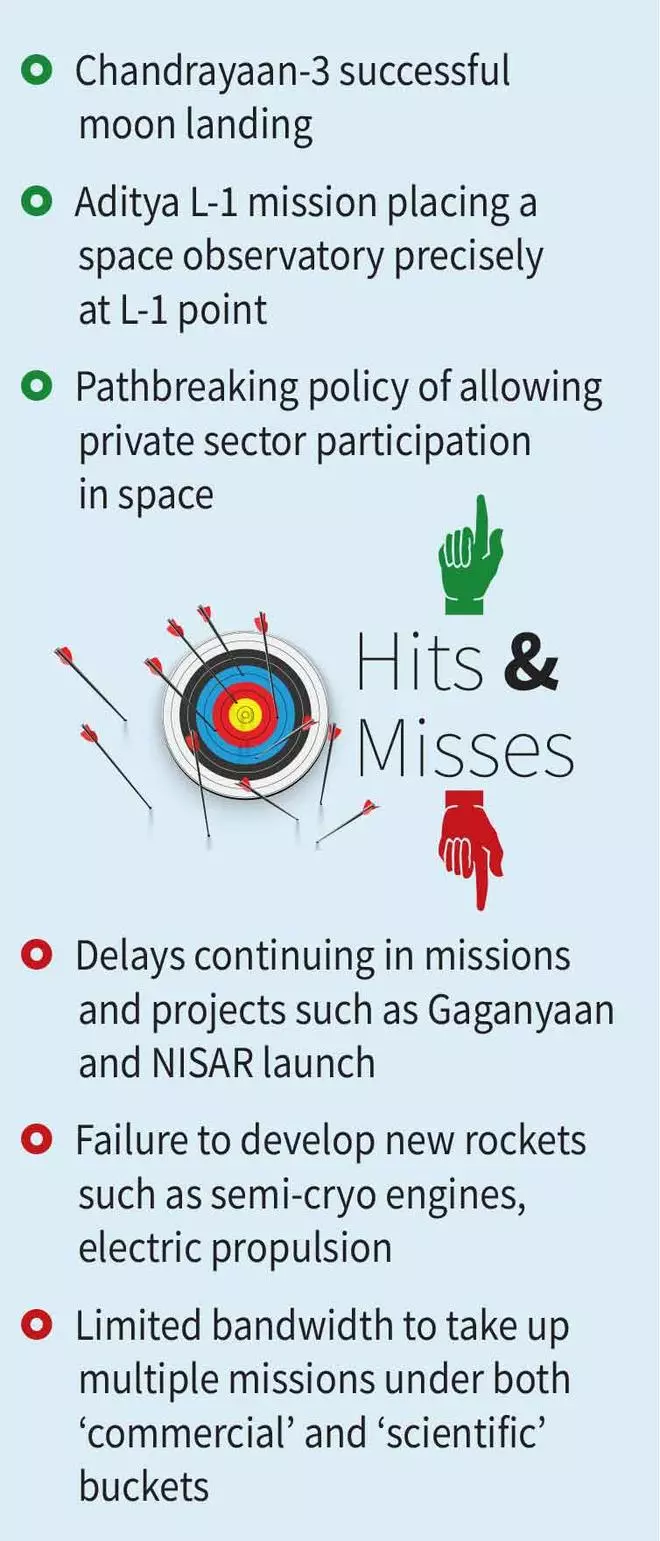
Russian Foreign Ministry spokesperson Maria Zakharova
Moscow: Rubbishing the allegations by the US on India for a foiled assassination plot against pro-Khalistan radical Gurpatwant Singh Pannun, the Russian Foreign Ministry said that Washington has not yet provided any reliable evidence of the involvement of Indian citizens in the case.
"According to the information we have, Washington has not yet provided any reliable evidence of the involvement of Indian citizens in the preparation of the murder of a certain GS Pannun. Speculation on this topic in the absence of evidence is unacceptable," the official spokeswoman of the Russian Foreign Ministry, Maria Zakharova said at a briefing on Wednesday (local time).
She said that the US does not understand the national mentality, as well as the historical context of the development of the Indian state and it disrespects India as a state.
Zakharova's remarks came in response to a media query on Moscow's reaction to accusations against an Indian official of a foiled "assassination" plot, and the American news publication 'The Washington Post' stating that India is trying to do the same as Russia and Saudi Arabia against its enemy.
"'The Washington Post', it seems to me, should use the term "repressive regime" and everything you quoted in relation to Washington. It is difficult to imagine a more repressive regime than Washington, both in domestic and international affairs. Now directly about your question," Zakharova said, according to the readout of the briefing released by the Russian Foreign Ministry.
"Regular unfounded accusations by the United States against New Delhi (we see that they groundlessly accuse not only India but also many other states) of violating religious freedoms are a reflection of the United States' misunderstanding of the national mentality, the historical context of the development of the Indian state and disrespect for India as a state . I am sure that this also comes from the neocolonial mentality, the mentality of the colonial period, the period of the slave trade, and imperialism," she said.
"This does not only apply to India. The reason is the desire to unbalance the internal political situation in India in order to complicate the general parliamentary elections taking place in the country. Of course, this is part of interference in India's internal affairs," she added.
Gurpatwant Singh Pannun is an India-designated terrorist who holds American and Canadian citizenship. Earlier in November, the US Justice Department unsealed an indictment against an Indian national for his alleged involvement in a foiled plot to assassinate Pannun.
The External Affairs Ministry, in April, had rejected a report in The Washington Post naming Indian Research and Analysis Wing (RAW) official's involvement in the alleged post to kill Khalistani terrorist Gurpatwant Singh Pannun in the US.
Describing it as an "unwarranted and unsubstantiated" imputation on a "serious matter" that is under investigation, Ministry of External Affairs (MEA) official spokesperson Randhir Jaiswal said the US media report was "speculative and irresponsible".
In response to media queries on the report that appeared in Washington Post, a US national daily, Jaiswal said that a High-Level Committee set up by the Indian government is carrying out an investigation into the security concerns shared by the US government on networks of organized criminals, terrorists, and others.
"The report in question makes unwarranted and unsubstantiated imputations on a serious matter. There is an ongoing investigation of the High-Level Committee set up by the Government of India to look into the security concerns shared by the US government on networks of organised criminals, terrorists and others. Speculative and irresponsible comments on it are not helpful."
Citing officials and a US indictment, the Washington Post report claimed that the RAW official identified as Vikram Yadav had directed Indian businessman Nikhil Gupta, to hire a hitman to kill Pannun outside his New York residence.
Gupta, now in custody in the Czech Republic has a pending extradition to the US to stand trial in the case. As per the report in the US Daily, the operation targeting Pannun was approved by then-RAW chief Samant Goel.
Notably, as per the US Justice Department indictment, Indian national, Nikhil Gupta, who is currently in custody, has been charged with the murder-for-hire of Pannun.
The US Justice Department has claimed that Indian government employee (named CC-1), who was not identified in the indictment filed in a federal court in Manhattan, recruited an Indian national named Nikhil Gupta to hire a hitman to carry out the assassination, which was foiled by US authorities, according to prosecutors.
Gupta has been charged with murder-for-hire, which carries a maximum sentence of 10 years in prison. Czech authorities arrested and detained Gupta on June 30, pursuant to the bilateral extradition treaty between the United States and the Czech Republic.
Following this, MEA said that a case filed against an individual in a US court and allegedly linking him to an Indian official is a "matter of concern" and is contrary to government policy.
India has also set up a high-level committee to probe the matter.
This report is auto-generated from a syndicated feed


















